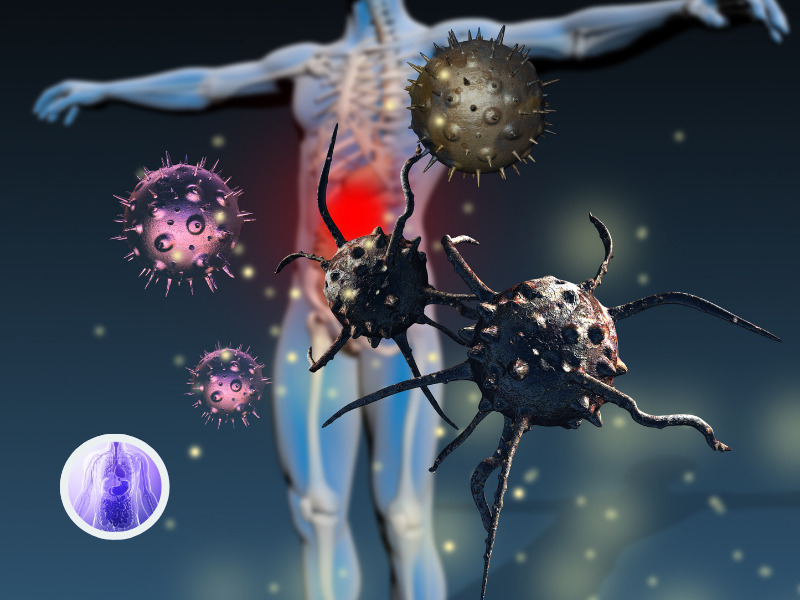Organ-on-a-Chip Market Will Grow at 21.3% CAGR, Predicts Roots Analysis in 2022-2035 Forecast

A report published by business research and consulting group Roots Analysis anticipates the organ-on-a-chip market to grow at a CAGR of 21.3% until 2035. The organ-on-a-chip market has already been proving itself in recent years, with over 345 grants for the organ modelling technology having been awarded historically. The Roots research also reports more than 420 patents for organ-on-a-chip related technologies being filed in the past five years.
Animal models, having previously been the go-to standard for preclinical testing, often have their validity and practicality called into question. So much so that the FDA Modernization Act, introduced in 2021, discourages the use of animal models for preclinical testing in the pharmaceutical industry. “The U.S. Environmental Protection Agency (EPA) has also declared the termination of the funds granted for the studies on mammals by 2035,” says the report.
- Using Organs-on-Chips to Catch Kidney Toxicity in Drug Discovery
- Achieving the Gold Standards of Organ Modelling: Complexity, Robustness, and Reproducibility
“Controlled microenvironment”, “speed up research”, and “cost effectiveness” were listed among the benefits of organs-on-chips. The organ modelling technology provides a simulation of drugs’ effect on organs in a more relevant context to humans. Furthermore, the technology can increase the speed and precision of drug modelling for efficacy and safety and open up possibilities for personalised medicine. The Roots Analysis report continues: “apart from offering efficient user-friendly organ-on-chip models, some developers also offer customization of these models as per the client requests.”
The failure rate of therapeutics at clinical trials is almost 90%, with the lack of effective preclinical prediction of drug responses in humans being one reason why. The fact that the market excitement is accelerating about this technology could mean the prophecy of higher success rates in clinical trials. The approval of more drugs due to better preclinical modelling, ultimately means better healthcare options for patients with serious and untreatable disease.
Join and network with over 200 industry leaders at Discovery US: In-Person, where we will address the latest advancements in target identification, validation, and HIT optimisation.
Get your weekly dose of industry news?here?and keep up to date with the latest?‘Industry Spotlight’ posts.?For other Discovery content, please visit the?Discovery Content Portal.








